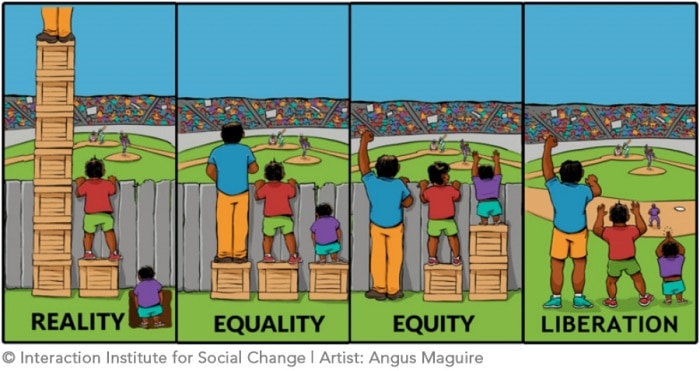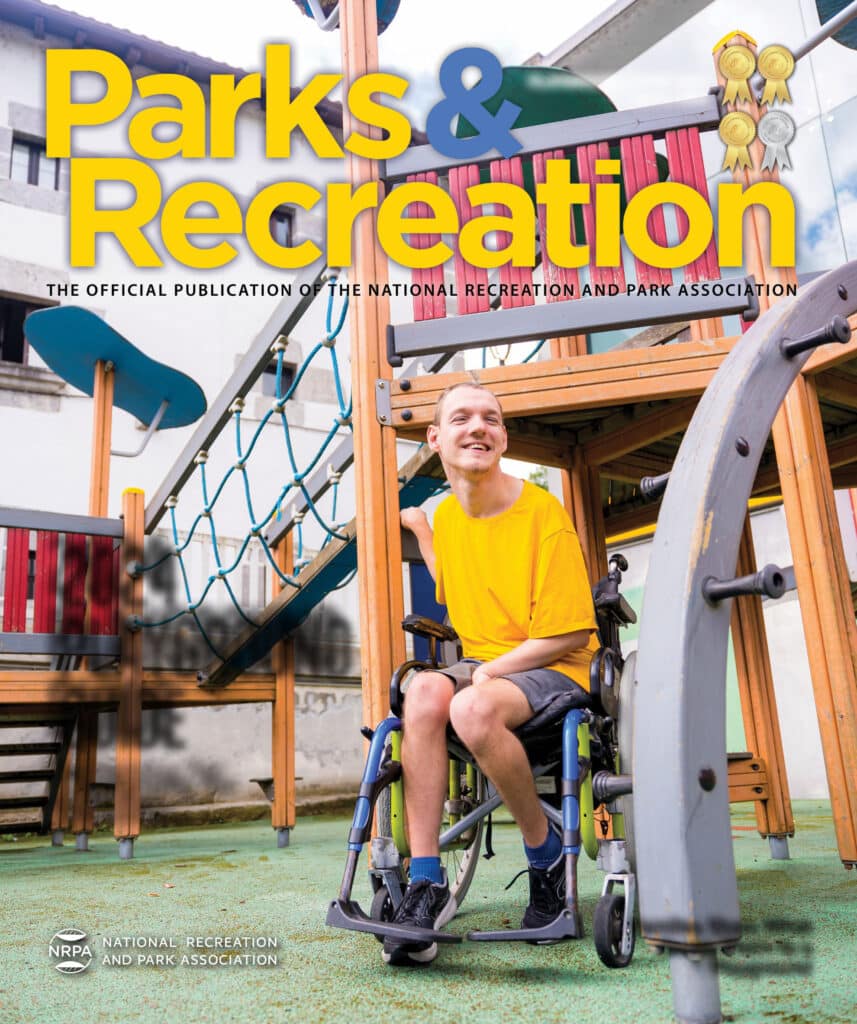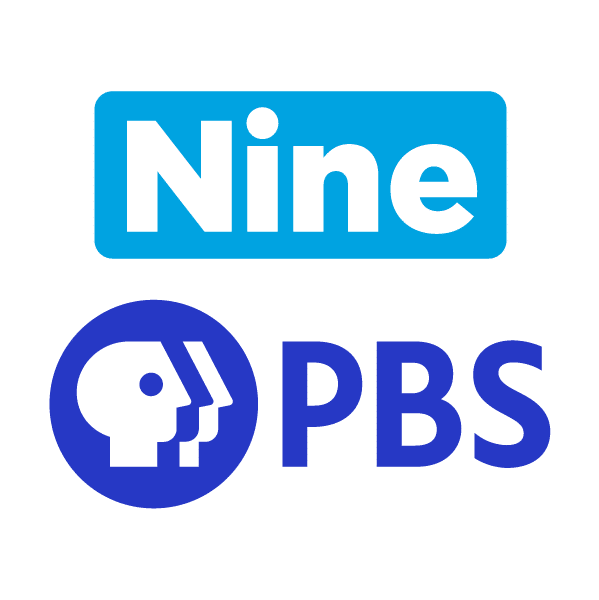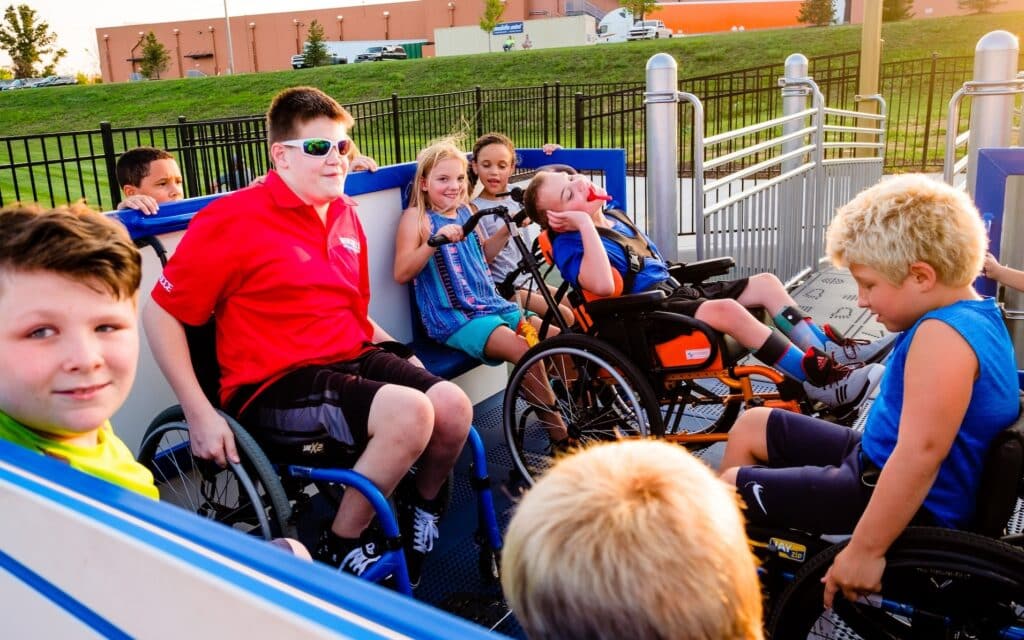5 Differences Between Accommodation and Accessibility

A wedding was planned in a Washington, D.C., area park for 40 of the couple’s closest family and friends. But unfortunately, one guest arrived at the park only to find out he could not make it to the ceremony site because there were no wheelchair ramps.
Instead of attending the wedding, the man went home.
This recent, real-life story from The Denver Post demonstrates how public spaces can still create barriers for people with different abilities, nearly 30 years after the Americans with Disabilities Act (ADA) was passed in 1990. And while the ADA requires certain entities to provide accommodations for disabilities, first-hand experiences have shown accommodation simply is not enough.
Accommodation and Accessibility Standards
The ADA includes several guidelines for businesses and other public entities on “reasonable accommodations,” which are the changes or adjustments that can help a person with a disability participate more fully in society.
Examples of the ADA’s reasonable accommodation standard include:
- Allowing an employee with a disability additional time to work;
- Replacing a doorknob with an accessible door handle; or,
- Providing screen reading software to a person with low vision.
Unfortunately, language of the ADA leaves room for important accommodations to be considered “unreasonable.” Additionally, there are several exemptions from this portion of the ADA, including private clubs, religious organizations, historic properties and existing facilities.
Accessibility was defined by the United Nations at The Convention on the Rights of Persons with Disabilities in 2006. The UN defines accessibility as:
“[Enabling] persons with disabilities to live independently and participate fully in all aspects of life.”
Although they are similar terms, accommodation and accessibility represent different approaches to creating a world that is inclusive of all people. Let’s take a closer look.
Five Reasons Accessibility is Better Than Accommodation:
1. Accommodation is reactive. Accessibility is proactive.
As the term implies, accommodations are tweaks or adjustments made after the fact. For example, a restaurant may reprint their menu after several customers mention that the font is too small to read, or cannot be read by someone with colorblindness.
If the menu had been designed with accessibility in mind, it would have used appropriate font sizes and colors from the get-go. Accessible design can help save time and money, all while eliminating a person’s negative experiences.
2. Accommodation requires a person with a disability to “out” themselves when they should not have to.
It can be hard to ask for help even when you need it. And while some health conditions are more obvious than others, a differently abled person in an inaccessible facility essentially has two options: ask for help or leave.
Think of the earlier example of the wedding guest who went home.
When a person needs an accommodation in their place of employment, they may fear losing their job or being stigmatized if they disclose a health condition. This is the reality for millions of Americans living with a disability.
3. Accommodations are helpful for people who need them, but accessibility benefits everyone.
Accommodations are often put in place to address a specific need. Common features such as ramps, elevators and automatic doors are easier for people with mobility challenges to operate. And what if we all truly prefer ramps and elevators to a staircase?
Penny Ralston-Berg and Dr. Leda Nath at the University of Wisconsin surveyed online students to gain their perspective on “What Makes a Quality Online Course?” While only seven of the students who completed the survey identified as having a disability, all of the students surveyed valued ADA items – for example, providing course material in multiple formats, such as an audio recording and a PowerPoint presentation.
4. Accommodations are required. Accessibility compliance is gaining digital momentum.
The ADA was written before the age of the internet. And while the federal government has not yet issued official guidance on how the ADA can be applied to the digital world, Digital Web Accessibility guidelines are increasingly holding up in court.
Domino’s Pizza Inc. was sued by a California man who could not use screen-reading software to order a pizza online or through the company’s mobile app. After a San Francisco Circuit Court ruled in his favor, Domino’s appealed their decision all the way up to the U.S. Supreme Court, who also rejected the appeal on October 7, 2019.
In other words: The Court’s precedent seems to imply that web accessibility has become more than just a recommendation.
5. While accommodations are measured, accessibility comes from the heart.
At the heart of ADA language, “reasonable” and “unreasonable” accommodations imply that some differences cannot be overcome. That working past those challenges can even be considered a burden.
Accessibility, on the other hand, is informed by unity. Rather than asking how people with different abilities can better participate in a world that was not designed for them, accessibility asks: How can we design a world with fewer barriers? And that’s a challenge we should happily accept.
Unlimited Play is Passionate About Accessibility
Unlimited Play believes public spaces designed with accessibility in mind can help bring people together – starting at the playground. Since its founding in 2003, Unlimited Play has built 26 inclusive playgrounds in six states across the country, with more on the way.
Accessible playgrounds give all children the opportunity to enjoy the freedom of play, regardless of their abilities. Learn more about bringing an inclusive playground to your community.
Help us build a more inclusive tomorrow! Support Unlimited Play with a one-time online donation, or contact us about volunteer opportunities.




